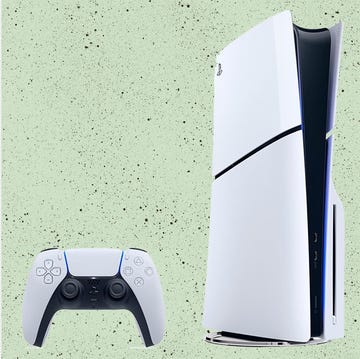Some people will try to tell you this isn’t a “real” Ferrari. You’ll recognise them from the urge to run away after just a few minutes in their company.
The reasons they’ll give will have something to do with the new Portofino — which replaces the California T as Ferrari’s “entry-level” all-rounder — being comfortable, adaptable, flexible and easy to drive.
That it is designed for enjoyment, has a contractable roof that transforms it from a coupé to a “spider” in 14 seconds, can fit humans (albeit small ones) in the back seat and has a boot that can hold three cabin trolleys with the roof down and can fold and adapt to take skis or golf clubs, if you’re that way inclined.
That it is just as capable of nausea-inducing acceleration as it is of relaxed pootling, preferably while driving along ocean-side boulevards wearing a flailing neckerchief and guffawing loudly at nothing in particular.
To most of us, of course — the ones who don’t memorise engine displacement statistics — these sound uncannily like attributes.
It’s longer, lighter, lower and more powerful than its predecessor, with a deliberately more aggressive look that also points to its sharper dynamics and improved 3.85-litre V8 engine.
The interior has also taken a leap forward and much work has been done on upgrading its usability, but to anyone who sees this as the cuddly Ferrari, it’s also brutally, devastatingly, life-changingly fast.
On the limit it may not match the Ferrari flagships, but why should it? And how many owners will care? To create a supercar capable of wearing so many hats so well is impressive enough.
Ferrari says that 85 per cent of the California Ts it has sold are used every day. It’s hard to imagine a day of the week when you wouldn’t find an excuse to drive this one, too.














